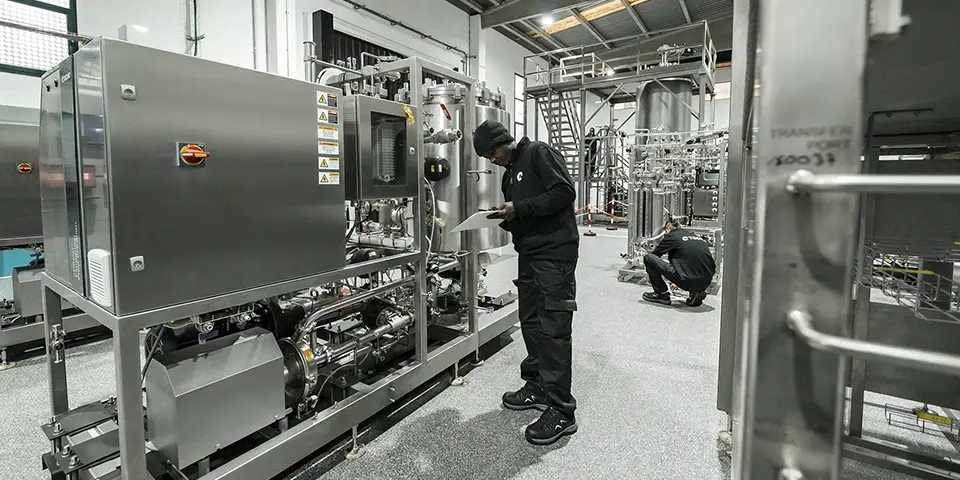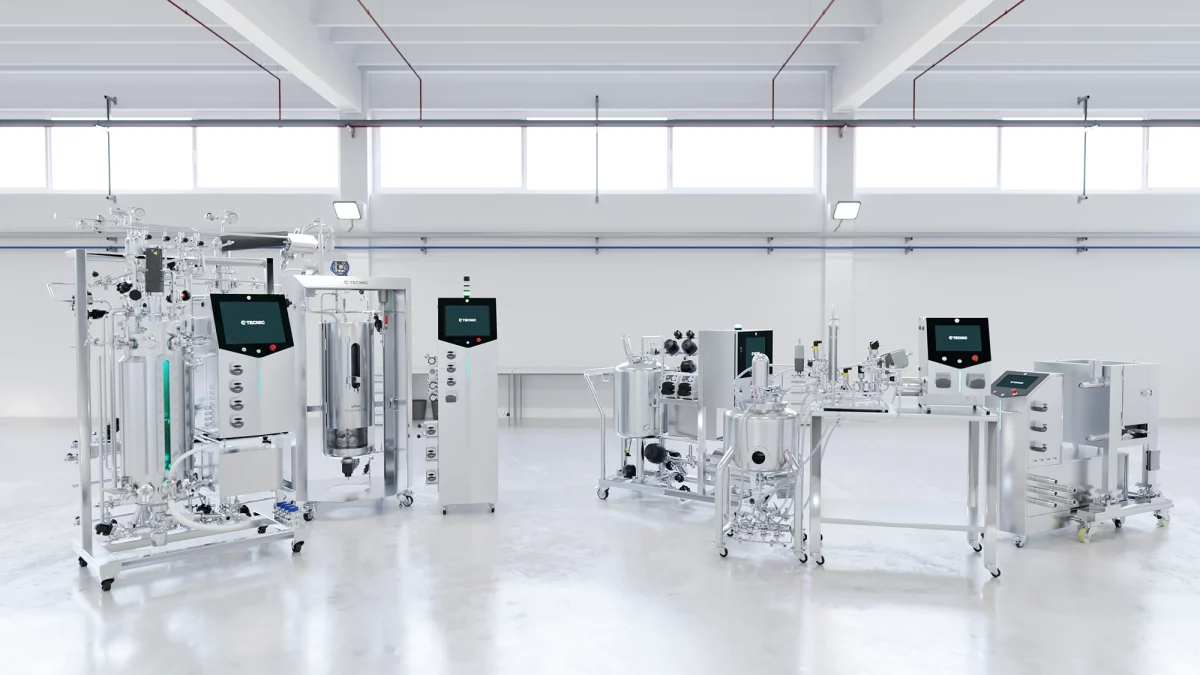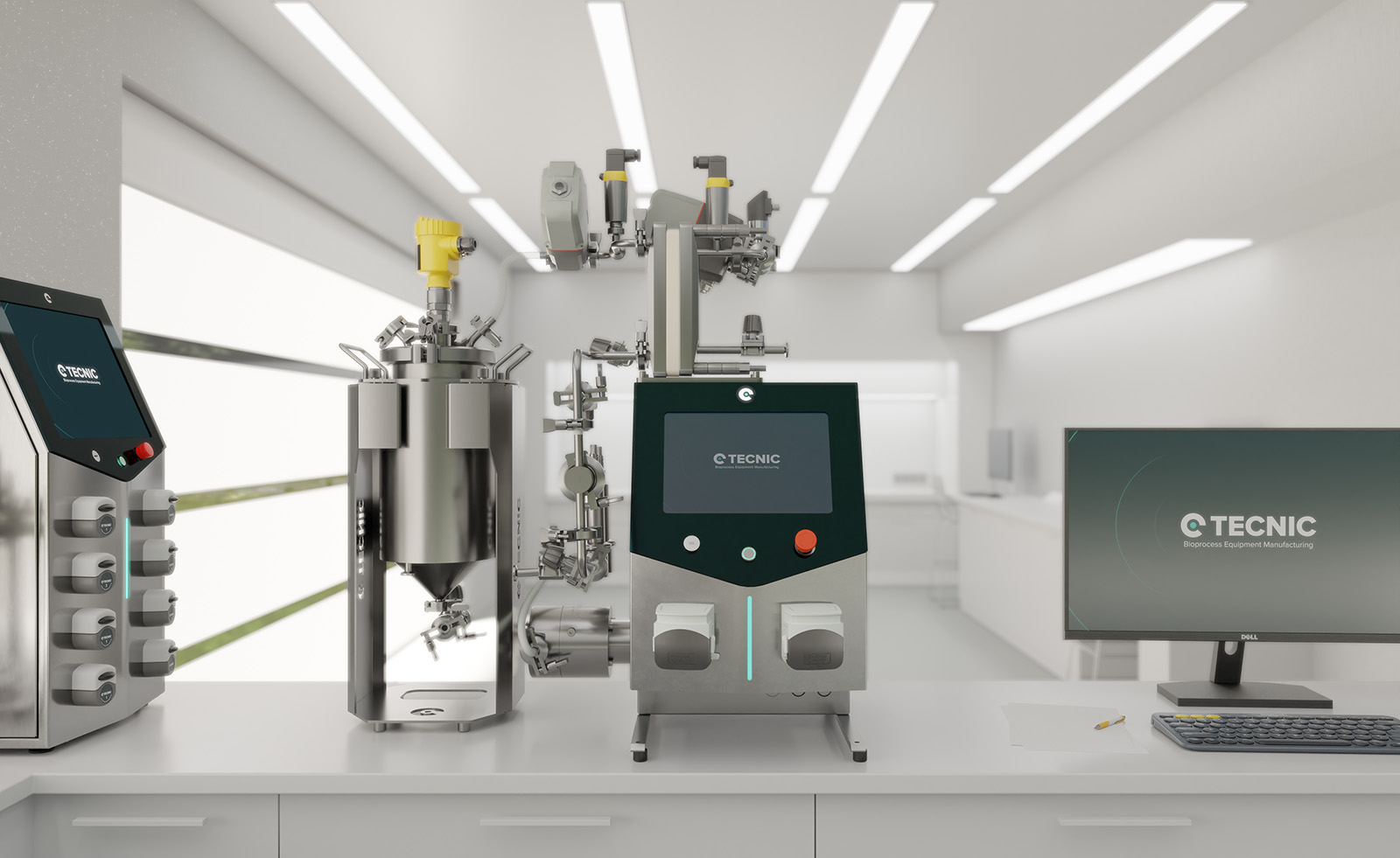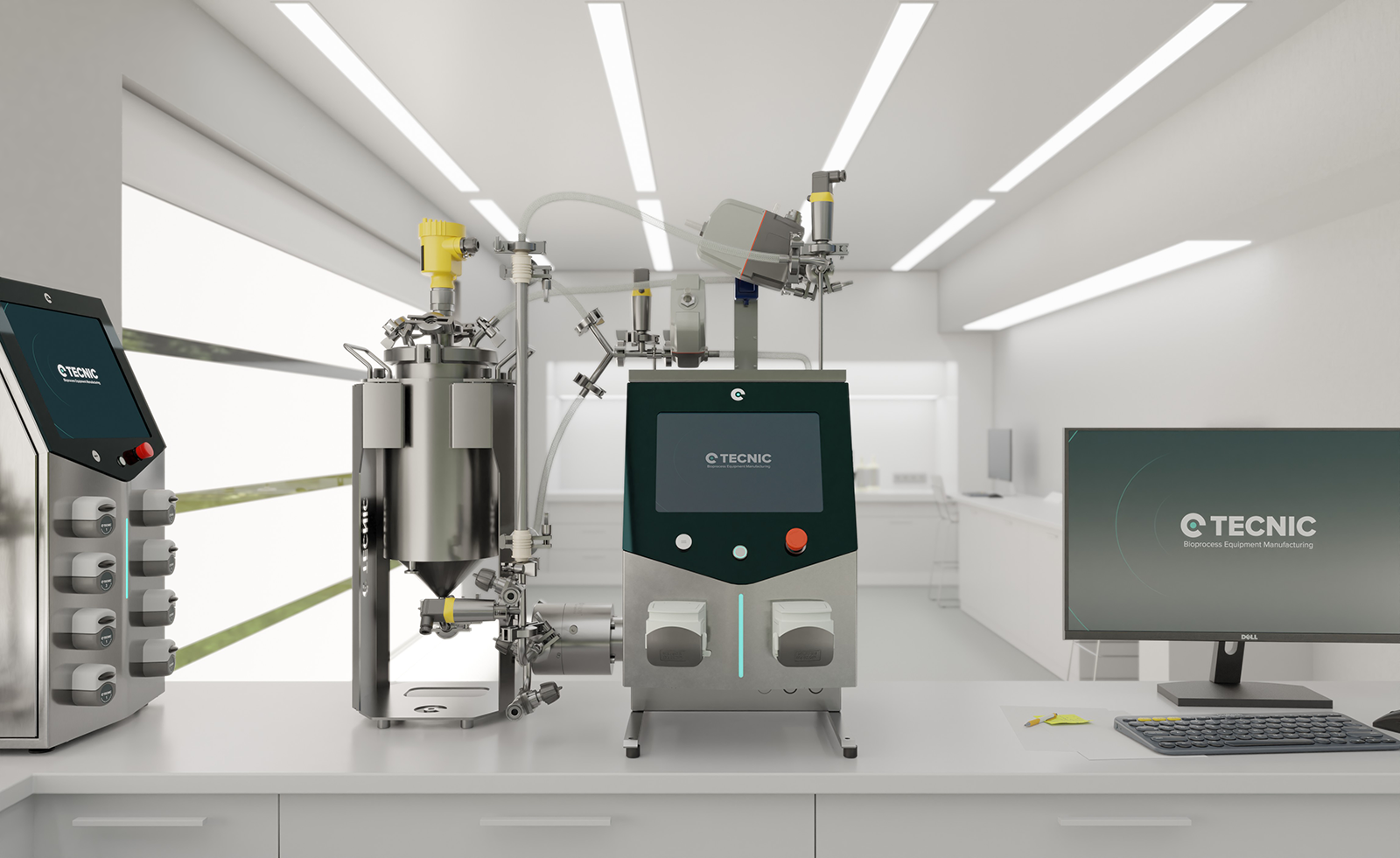What are alternative proteins?
Alternative proteins are derived from non-traditional sources such as plants, fungi, algae, or cultivated animal cells. They aim to replace or complement animal-based proteins while offering similar nutritional value and reducing environmental impact.
As global demand for sustainable food solutions grows, the production of these proteins through biotechnological processes, particularly precision fermentation, is gaining momentum. This technique enables controlled, efficient, and scalable protein production, positioning it as a transformative strategy for the future of the agri-food system.
The rise of alternative proteins
Demand for alternative proteins, such as plant-based, fungal, algae-derived, or even cultivated animal cell substitutes, has surged in recent years. Factors like global population growth, the environmental impact of livestock, and greater interest in health and wellness have driven the search for new sources of protein. While plant-based substitutes like soy and pea led the market initially, new methods using microorganisms and cell cultures as nutrient sources are now emerging.
This shift is largely due to the efficiency of new technologies and growing awareness that traditional livestock farming is unsustainable. The FAO (Food and Agriculture Organization of the United Nations) estimates that livestock farming is responsible for a significant share of greenhouse gas emissions, along with intensive water and land use. Alternative proteins, especially those derived from fermentation, offer a way to produce high-quality nutritional protein with a much smaller water and carbon footprint.
The role of precision fermentation
Fermentation involves using selected or engineered microorganisms to produce specific compounds or ingredients at industrial scale. These microbes may include bacteria, fungi, or genetically modified yeasts (or modified using other biotech tools) to produce proteins, fatty acids, enzymes, vitamins, and more. This approach enables:
- Scalability: With the help of bioreactors and systems such as tangential flow filtration (TFF), it is possible to achieve large-scale production at competitive costs.
- Consistency and quality: Fermentation processes are highly controllable, enabling consistent batches with stable protein content and purity.
- Lower environmental impact: Compared to livestock, resource consumption and CO₂ emissions are significantly reduced.
Today, proteins like casein, albumin, collagen, and gelatin are being researched and produced through fermentation, for use in artificial dairy, meat analogues, and nutritional supplements.
Associated processes and technologies
For fermentation to be effective, several key technologies are required. First, bioreactors must be able to precisely control variables like pH, temperature, and dissolved oxygen. These systems create optimal conditions for microbial growth, and when using single-use bioreactors, they also simplify operations by reducing cleaning costs and minimizing contamination risk.
Tangential flow filtration (TFF) plays a specific role in purifying and concentrating the products of fermentation. It allows scalable, reproducible separation of biomass and recovery of target proteins or metabolites.
In addition, advanced control systems, including AI-based platforms, are being incorporated to continuously monitor critical parameters and make real-time adjustments. This leads to:
- Higher yield per volume: By maintaining optimal culture conditions, microbial strains work more efficiently.
- Dynamic optimization: Machine learning algorithms process real-time data and adjust conditions on the fly.
- Better resource use: More precise control reduces water and energy consumption while minimizing waste.

Advantages over traditional livestock
While many consumers are driven by ethical concerns, the food industry often focuses on profitability and supply chain stability. In times when grain prices or meat production may become unpredictable due to climate or geopolitical factors, producing proteins in a controlled environment, without vast land or specific weather conditions, is a major advantage.
- Lower carbon footprint: Less methane and CO₂ emissions.
- Lower water use: Producing 1 kg of microbial protein may require up to 90% less water than livestock.
- Reduced space needs: Fermentation doesn’t need farmland, just facilities with the right technology.
That said, challenges around scalability and CAPEX investment remain. However, with proper planning and public policy support, this model holds significant potential.
Market challenges and opportunities
Despite its advantages, this sector still faces barriers:
- Regulatory approval: New alternative products require solid food safety data to gain approval from bodies like the EFSA (Europe) or FDA (US).
- Infrastructure investment: Scaling up production needs major investments in equipment and skilled personnel. In Europe, consortia and collaborative projects are pushing to expand biomanufacturing capacity.
- Consumer acceptance: While meat reduction trends are growing, some consumers remain skeptical of “lab-made” proteins unless labeling is clear and real benefits are communicated. Transparent communication on nutritional and environmental value is key.
- Production costs: Although prices have come down, the cost per kilo of fermentation-based protein still needs to drop further to compete directly with conventional meat.
Each of these challenges presents an opportunity. Companies developing technologies to lower fermentation costs or enhance protein functionality (e.g., improved amino acid profile or taste) will gain competitive advantage.
Conclusion
In short, producing alternative proteins through fermentation stands out as one of the most promising paths for the future of food and global sustainability. From reducing environmental impact to enabling the creation of new "functional" foods with enhanced nutritional profiles, the benefits are clear.
Despite the regulatory, scaling, and investment challenges, precision fermentation continues to gain momentum, with growing adoption by major food and pharmaceutical players. For TECNIC, this is an opportunity to lead and support the transition to a more sustainable food system, by providing equipment and systems that turn vision into reality.
Frequently Asked Questions (FAQ)
They are non-traditional proteins from plants, fungi, algae, or cell cultures.
A biotech process using microbes to produce specific proteins or compounds.
Yes, they are regulated and must meet strict food safety standards.
They use less water, land, and emit fewer greenhouse gases than livestock.
Yes, many alternative proteins are healthy. They often provide essential amino acids, are low in saturated fats, and contain fiber or beneficial nutrients.








